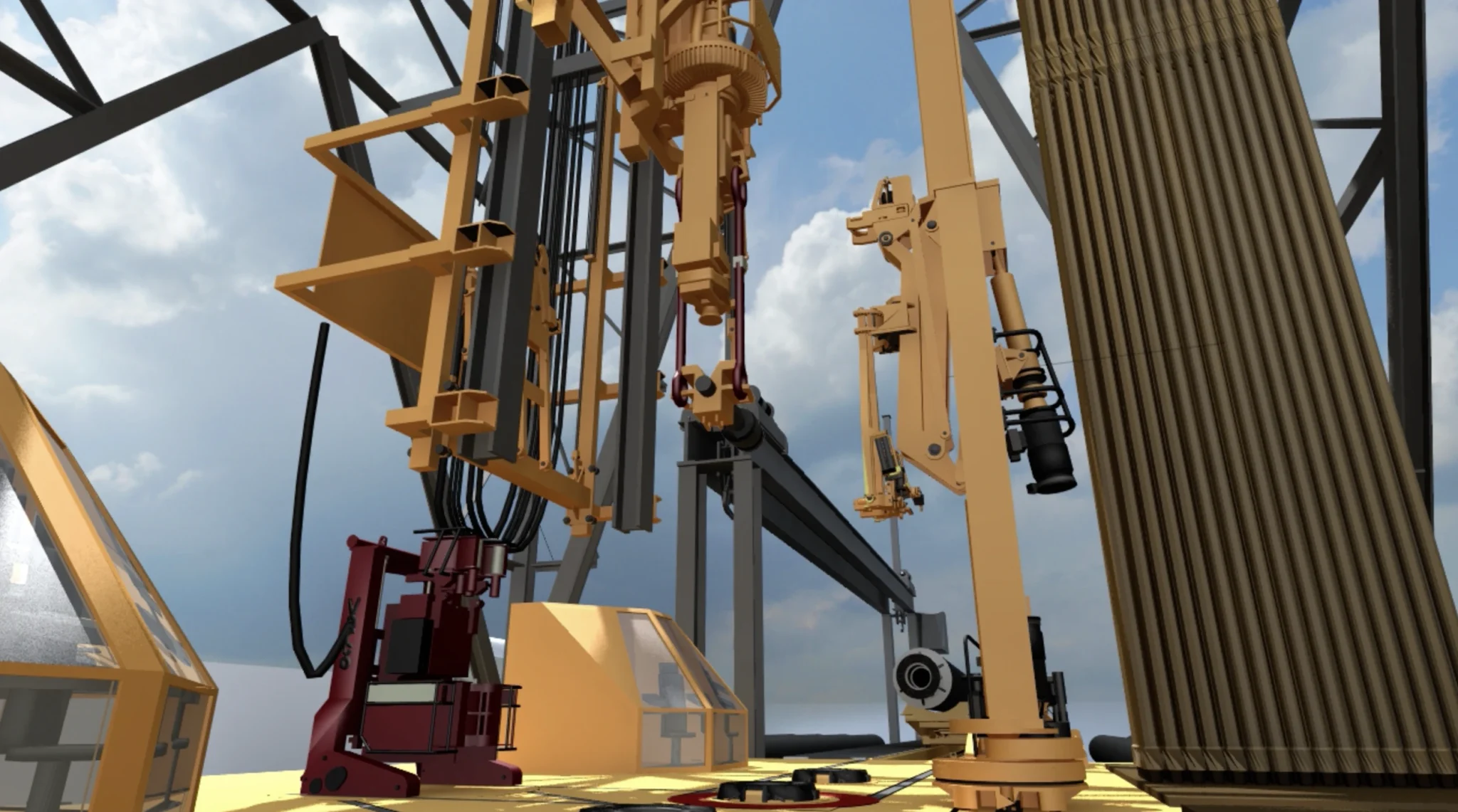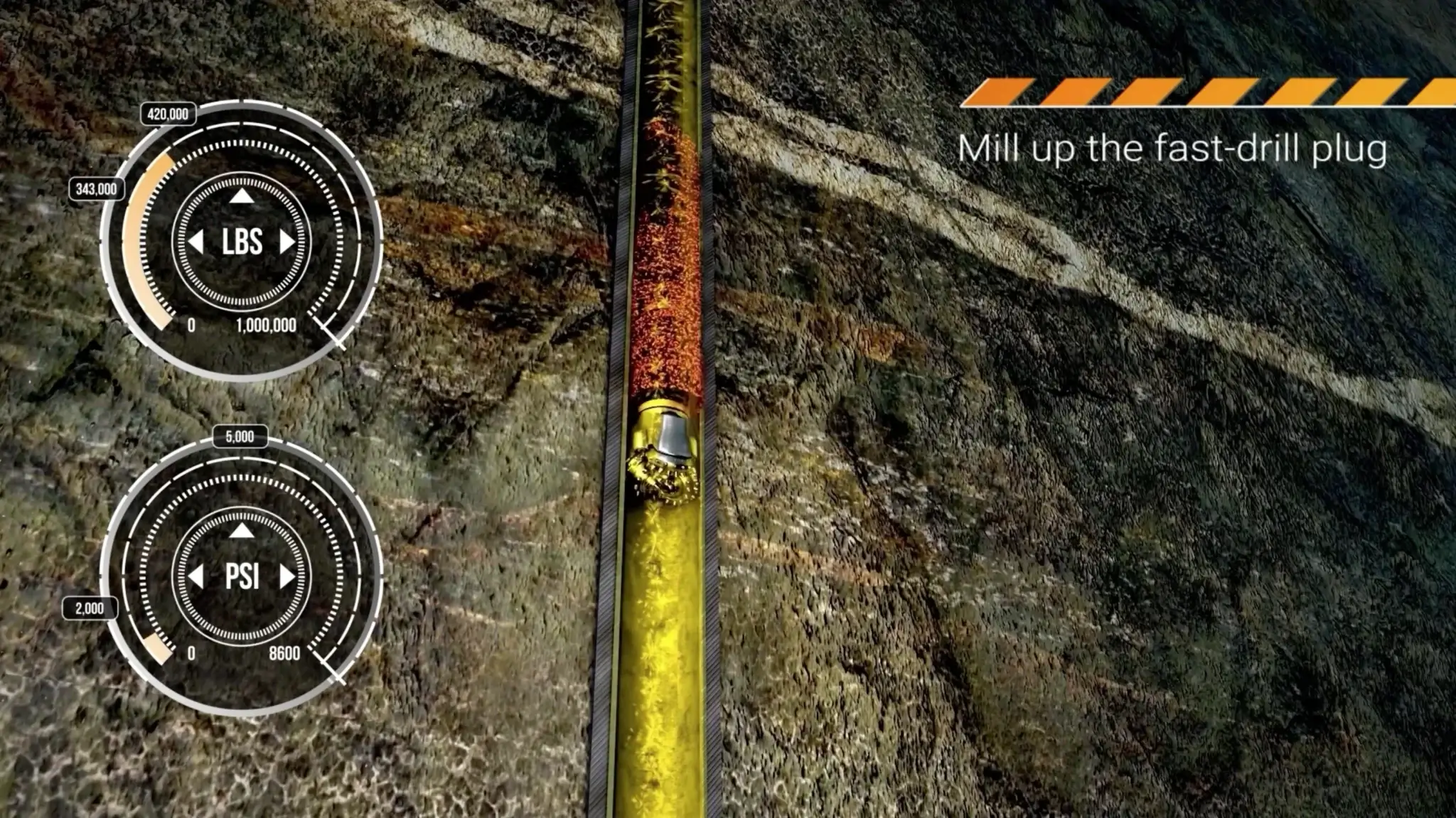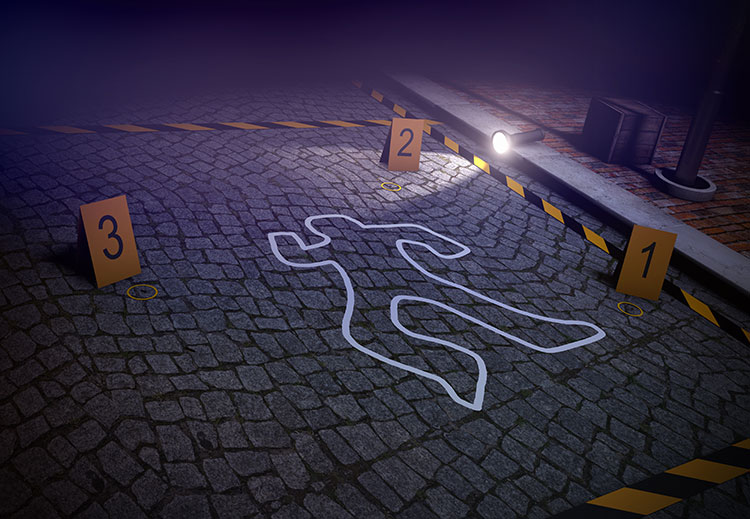surgery animation companies
Equipped with a captivating animation, you have the potential to prompt the defense to reassess the credibility of their argument, leading them to return to their client and propose a higher settlement offer. In essence, a compelling visual can catch them by surprise and expedite the settlement process while increasing its value.
According to the recognized definition, forensic animation refers to a sector within forensic science that involves the production of audio-visual reconstructions of incidents or accidents in order to assist investigators.
The video presented above demonstrates the wide range of possibilities that exist with our legal graphics. The success of our animations is evident, as they have been admitted in over 2,000 cases with an impressive rate of acceptance reaching 99%. The most optimal approach to utilizing our animation services involves:



